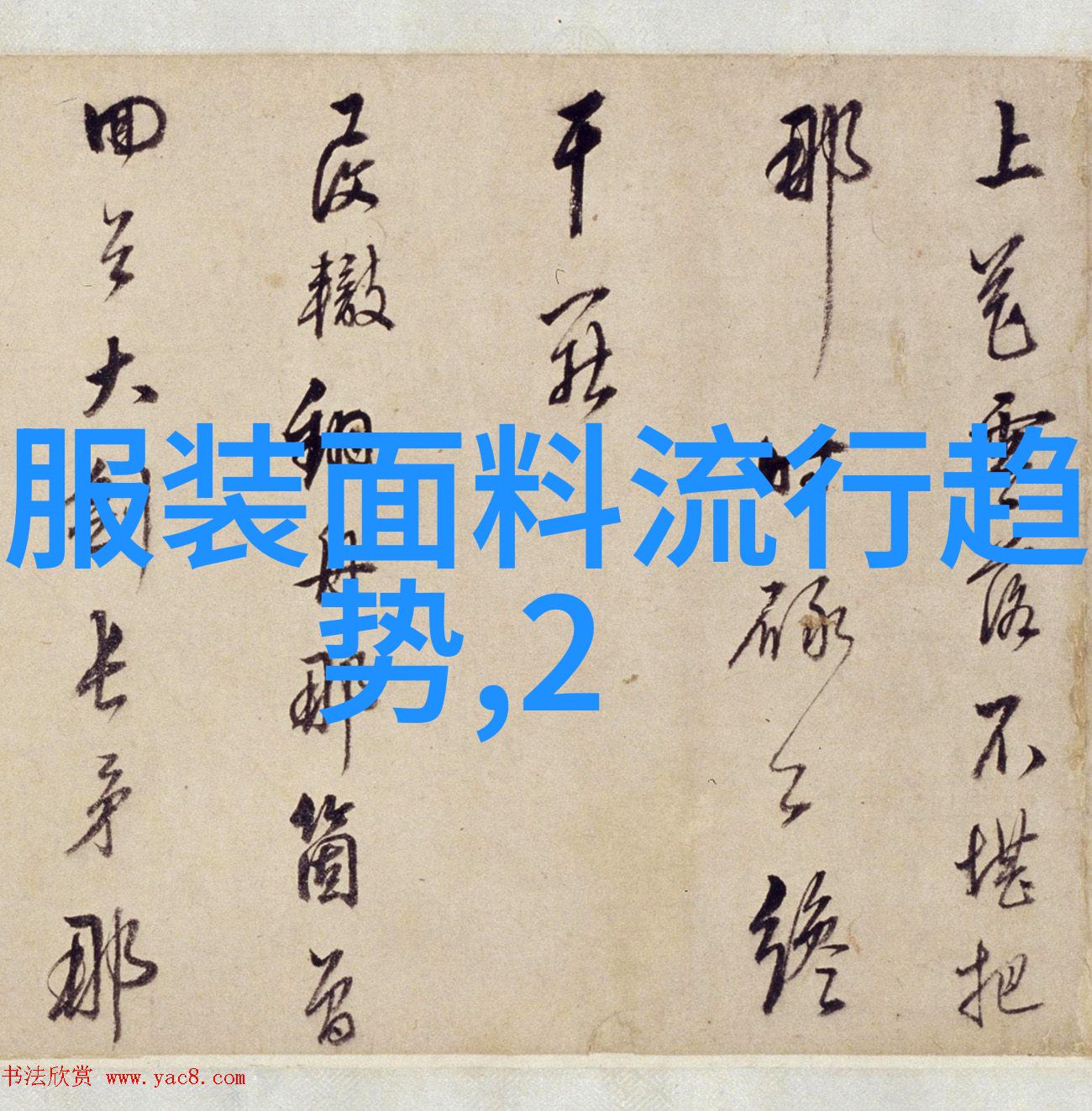The Birth of a Language

Retro English, also known as Old English or Anglo-Saxon, is a fascinating language that has its roots in the 5th and 6th centuries. It was spoken by the Anglo-Saxons, Germanic tribes who migrated to England from continental Europe. This ancient tongue laid the foundation for modern English and remains an essential part of our linguistic heritage.
A Language of Poetry and Storytelling

Retro English is not only about grammar and vocabulary; it's also a language rich in poetry and storytelling. The epic poem Beowulf, one of the most famous works in Old English literature, tells the tale of a brave warrior who battles monsters and dragons. Another notable work is The Wanderer, which explores themes of exile and longing.
Influence on Modern Language

Although Retro English is no longer spoken as a native language today, its influence can still be seen in modern words such as "thesaurus," "witan," (a wise man or council), "bumpkin" (rustic person), "gobemouche" (foolish person), "hale" (healthy) and many more.
Reconstructing Grammar Rules

One challenge when learning Retro English lies in understanding its complex grammar rules compared to modern-day languages like contemporary American or British dialects with simpler structures like subject-verb-object word order.
Reviving Interest through Education & Media

Despite being an ancient tongue, there are still numerous ways to learn Retro English – either through educational institutions offering courses on Old Norse or Middle/Early Modern period literature classes at universities worldwide; watching films featuring characters speaking this language set against historical settings; attending events where speakers recite texts from Beowulf translated into retro english versions for instance – all these contribute towards reviving interest for this captivating formative stage prehistoric era's lingua franca while keeping alive cultural connections between past civilizations' shared history spanning over several decades if not centuries!




